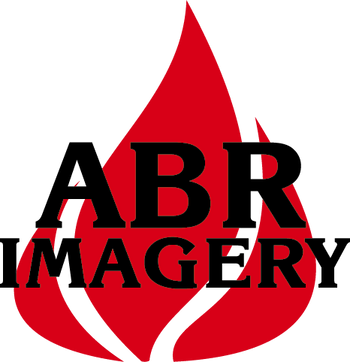Borosilicate glass is the gold standard when it comes to selecting the safest, durable kitchenware that cannot withstand heat. However what makes this material really different is not only the composition itself, it is also the borosilicate glass blowing method, by which it can be formed and perfected. These are old but accurate procedures that make sure that the result is not only a beautiful one but also the safest as well as most efficient in day-to-day situations.
What is Borosilicate Glass?
Borosilicate glass is an improved form of glass that is produced using silica and boron trioxide, that makes it have higher thermal and chemical resistance. Compared to normal soda-lime glass, the borosilicate glass can resist huge fluctuations in temperatures without cracking or shattering and thus can be used in ovens, microwaves and freezers and dishwashers.
It is the same kind of glass that is utilized in the scientific laboratories, and this alone says a lot about its stability, safety, and trustworthiness in tense conditions, such as what your kitchen will provide.
Art and Science of Borosilicate Glass Blowing
Borosilicate, due to its special composition, needs more working temperatures than conventional glass during the blowing process. It is commonly done by heating the glass in a torch or kiln until it exceeds 1,500 °F o F (815 o C), and forming it by blowing, modelling, and annealing.
Here’s how these techniques contribute to safer kitchenware:
1. Thermal stability Uniformity in Thickness
Under the borosilicate glass blowing technique, craftspeople make each item feature the same wall thickness. This homogeneity avoids the weak areas that might break under the heat or pressure, and the glassware becomes hugely safe to cook and store.
2. Smooth, Un-Porous Surfaces
Compared to mass-produced glass, borosilicate kitchenware which is hand-blown is precision-made, which eliminates pores or micro-cracks in which bacteria can thrive. This improves hygiene and guarantees that the glass is not toxic as well as easily cleaned.
3. Stress Reducible Controlled Annealing
The glass is then formed by shaping and after shaping a process known as annealing is performed in which the glass is cooled slowly in a kiln to get rid of any internal stress. This increases the shock and durability of the final concluding product, which in reference to the case of daily kitchen use, is suitable.
4. Non-Toxic and Nature-Friendly Manufacturing
Borosilicate glass blowing is characterised by using fewer additives and having greater control of the manufacturing process, which makes the kitchenware product free of harmful substances, such as BPA, lead, and phthalates. You have a relaxed mind because your food will not pick up anything harmful that is in your containers or cookware.
What is so Special About Borosilicate Glass Kitchenware?
By selecting borosilicate glass kitchenware, you will give priority to the health of your family, to the environment and to the lifespan of use. Borosilicate has unparalleled advantages, whether it is a pair of measuring cups, mixing and storage vessels:
- Thermal shock resistance
- Food safe and non-toxic
- Durability and washable
- Scratch- and stain-proof
- Green and reusable
Final Thoughts
The process of blowing glass out of borosilicate is both an art and a science, all the way down to a sizzling hot torch and up to the soothing chagrin of hand shaping. It is these ancient methods that render the borosilicate kitchenware safer, stronger and smarter to utilize in daily cooking and storage of food.
In case you want to switch to non-toxic, sustainable life, what you should start with is your kitchen, and the most effective material to pioneer with is borosilicate glass.



















































